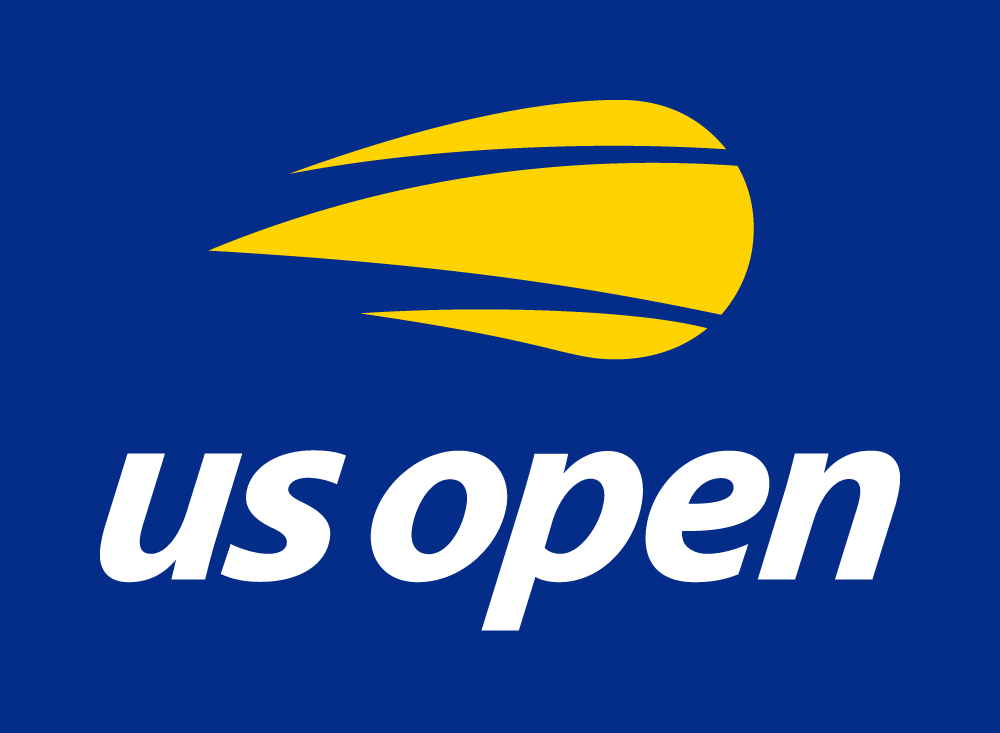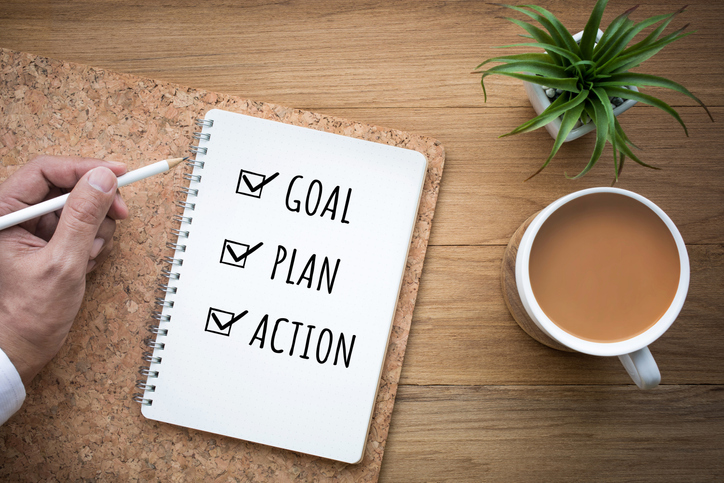The US Open draws fans from around the world to watch players like Roger Federer, Rafael Nadal, and Serena Williams compete. The 2019 US Open set an all-time attendance record with 737,872 fans coming to the National Tennis Center, with the largest stadium (Arthur Ashe) selling out 23 of 24 sessions.
In 2018, the United States Tennis Association announced it was introducing a new logo for the tournament. This featured a speeding tennis ball with an updated font while dispensing with several elements of the old logo. The previous icon (a flaming ball with a red swoosh) was a dated image that presented challenges in digital media and failed to represent the US Open as a premium sporting brand.
By keeping elements of the original logo, the USTA was able to redesign in a way that captured the excitement and movement of their world-class event. The entire Tennis Center (including grounds, merchandise, and courts) received a surge of energy as the logo came to life at the tournament.
How to Overcome Frumpy Designs
Are your designs starting to fade with age?
After many years in business, your branding may not feel as contemporary as it should. Your 1990’s neon-colored bubble letters could certainly use a fresh take, or maybe your mascot (or your photos) look like they need plastic surgery. Some companies may require a total design overhaul, while others need to freshen up a logo, a catalog, or point of purchase display.
No matter the scope of your project, here are five steps to guide you through graphic re-designs:
1. Start with the focal point
Decide what it is you want viewers to see first.
Unless you have a very symmetrical, consistent design, be sure your focal point leaps out by providing strong contrasts in font size, color, typeface, etc.
2. Organize information into logical groupings
If items are related to each other, group them into closer proximity (like a title with a subtitle or an address with a phone number).
The most important groupings should be the focal point of the page. Create generous visual space between the focal point groupings and less prominent pairings.
3. Build and maintain strong alignments
If you see a strong edge (such as a photograph or vertical line), strengthen this edge by aligning it with other texts or objects within the design.
4. Create repetition
Brainstorm ways that specific colors, symbols, or fonts can be repeated in a design.
In multi-page pieces (like a brochure), create connection through the repetition of bold typeface, spatial arrangements, or unique bullet or list icons. In a simple logo, repetition can be used by highlighting key letters or adding shadows or overlaid shapes for depth.
5. Use bold contrasts
Contrast is everything because the eye is irresistibly attracted to distinct differences.
For example: if all your elements are bold and flashy, nothing will stand out. Contrast a logo with a graphic, a bold typeface with a script font, a dark sidebar with a white text box, or a rigid graphic with a free-flowing tagline.
A Visual Identity That Better Carries Your Brand
When announcing its logo update, the USTA said the new design “better captures and expresses the dynamism of the US Open,” with a visual identity that will confidently carry the tournament forward in years to come.
What about your image? By refreshing your look in five simple steps, you can transform your look from one that drags to one that excites!
—
By The Marketing Team at Broadstroke, Inc.
Call us @ 316.262.3333 or 855-778-9100 / Email us
—





